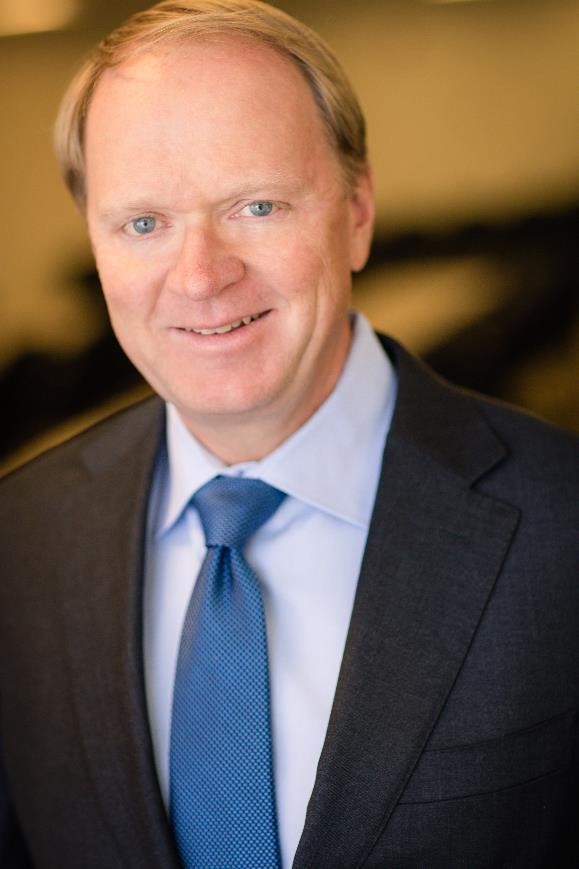The efficient market hypothesis asserts that it is impossible to beat the market on a risk-adjusted basis because security prices already reflect all relevant information. Therefore, an investor should not waste time and effort trying to pick stocks and time the markets. There is no need to have a view on equity valuations, interest rate trends, inflation, or currency risk. Just buy and hold index funds and be content.
However, buying and holding index funds is not easy for most investors. When the markets crashed in the Dotcom Bust from 2000 to 2002 and in the Global Financial Crisis from 2007-2009, index fund investors were crushed. Many panicked and sold out near the bottom. And many did not get back into the markets until after they had run back up, if they got back in at all.
Clearly, markets are not efficient. If markets were efficient, we would not have bubbles and busts in the first place. If anything, the huge growth of index fund investing over the past few decades has made the markets less efficient and more prone to big swings.
This is great news for good active money managers. The answer to successful investing is no big secret. It takes education, hard work, experience, and discipline. It takes fierce independence, and relentless application of sound investment principles. Good managers capitalize on their insights from fundamental and macroeconomic research. They do their homework and have conviction in their ideas. They have sound risk management processes and apply purposeful diversification and hedging. They build a strong team. They persevere through adverse market conditions. Over time, they extract large risk-adjusted returns for their clients.
It’s true. The majority of active money managers do not generate persistent excess risk-adjusted returns relative to index investing. Misguided academics have twisted this fact into a theory for efficient markets and index investing. But that is completely wrong. The reason the vast majority of active managers fail to generate persistent Alpha over time is because they do not have a disciplined, efficient, and thorough enough investment process. And if they do, they are not committed to continuously improving it.
At Crescat, we apply both bottom-up fundamental and top-down macro analysis. And we take advantage of both quantitative models and qualitative research. My team and I have built a systematic bottom-up fundamental equity model that I have been refining and applying to managing discretionary money since 1999. The fundamental model alone gives me and my firm a strong competitive advantage. We are continuously refining and applying the model to managing our hedge funds and other client portfolios. It’s a great tool for delivering alpha and absolute return.
But Crescat’s investment process encompasses much more than the equity model. My analyst team and I perform additional qualitative fundamental analysis that we apply to our buy and sell signals generated by the equity model. The qualitative analysis helps us make better decisions and it helps us make our model better. Furthermore, we build and apply macroeconomic models to study, countries, sectors, currencies, commodities, interest rates, and markets. And, we develop qualitative, top-down global macro themes that are supported by our macro models. In all of our investment decisions, and across all three products, Crescat Large Cap, Crescat Long/Short, and Crescat Global Macro, we integrate our top-down and our bottom-up views along with our quantitative models and qualitative assessment.
At Crescat, we are dedicated to producing high risk-adjusted returns. By this, we mean high Alpha and high Omega Ratio after fees relative to other managers and indices. Our goal is to be prudent stewards for our clients’ capital by relentlessly building, applying, and refining what we believe is the best investment process in the industry.
Wishing you great success in your investing,
Kevin C. Smith, CFA
